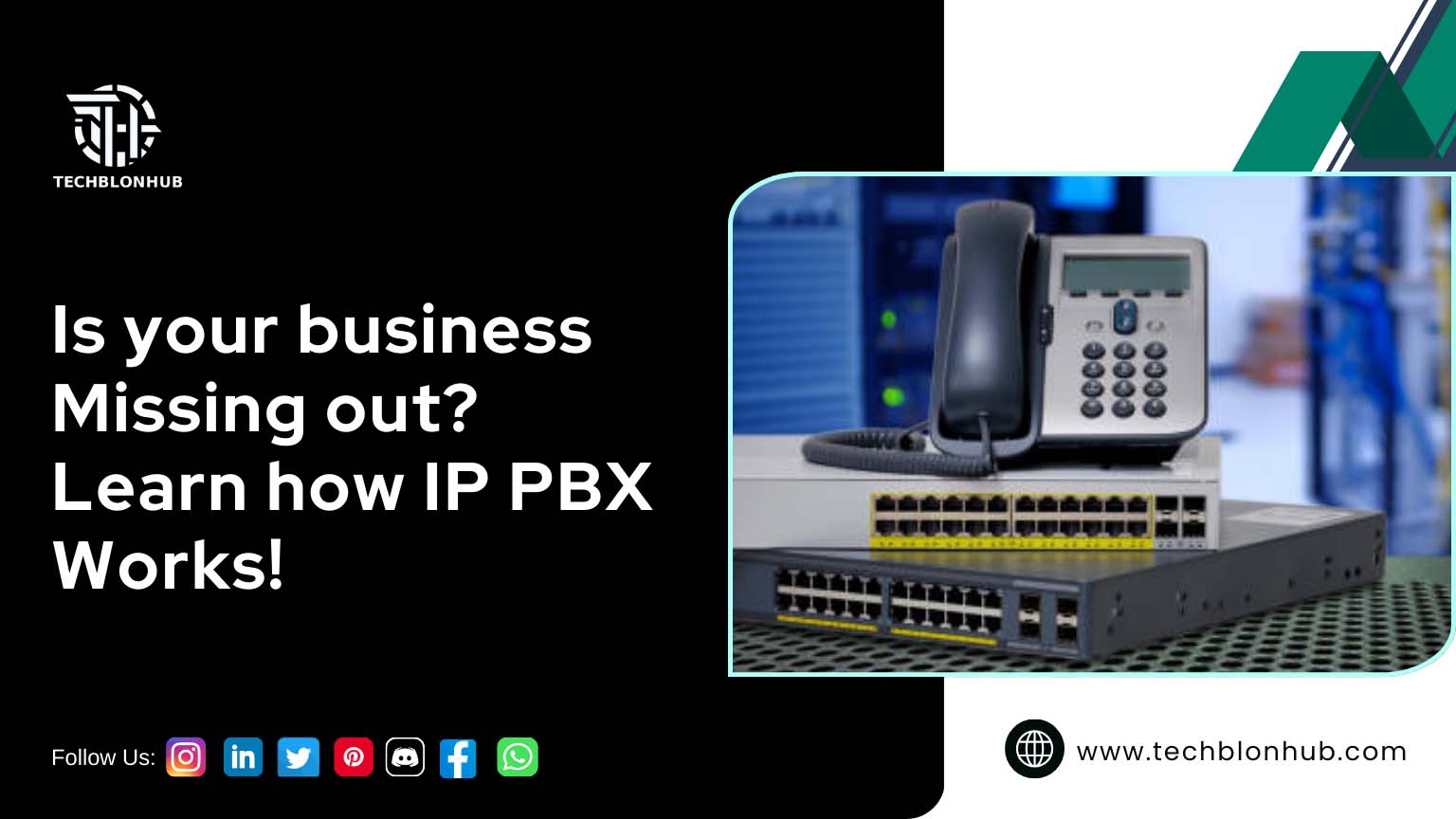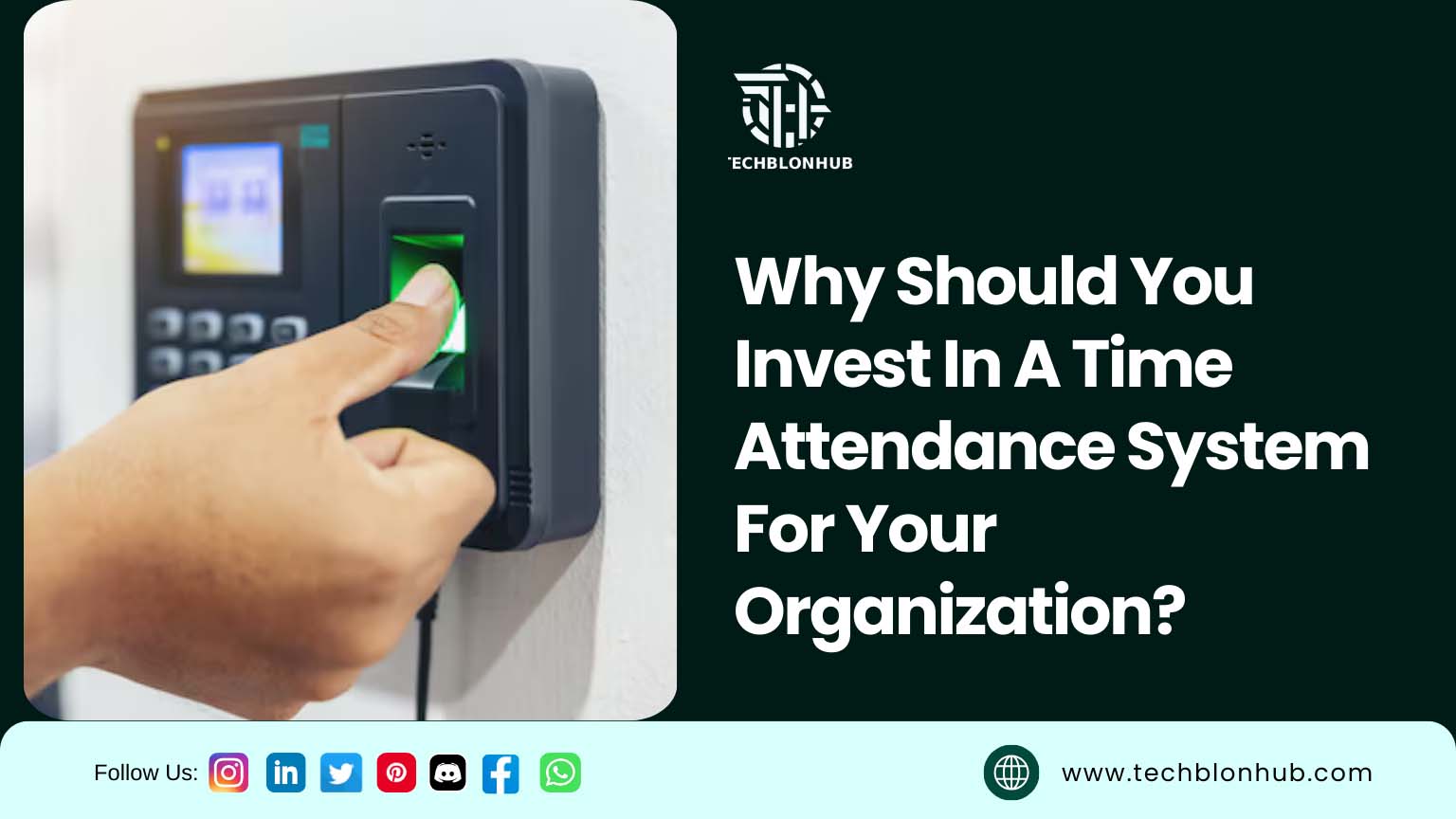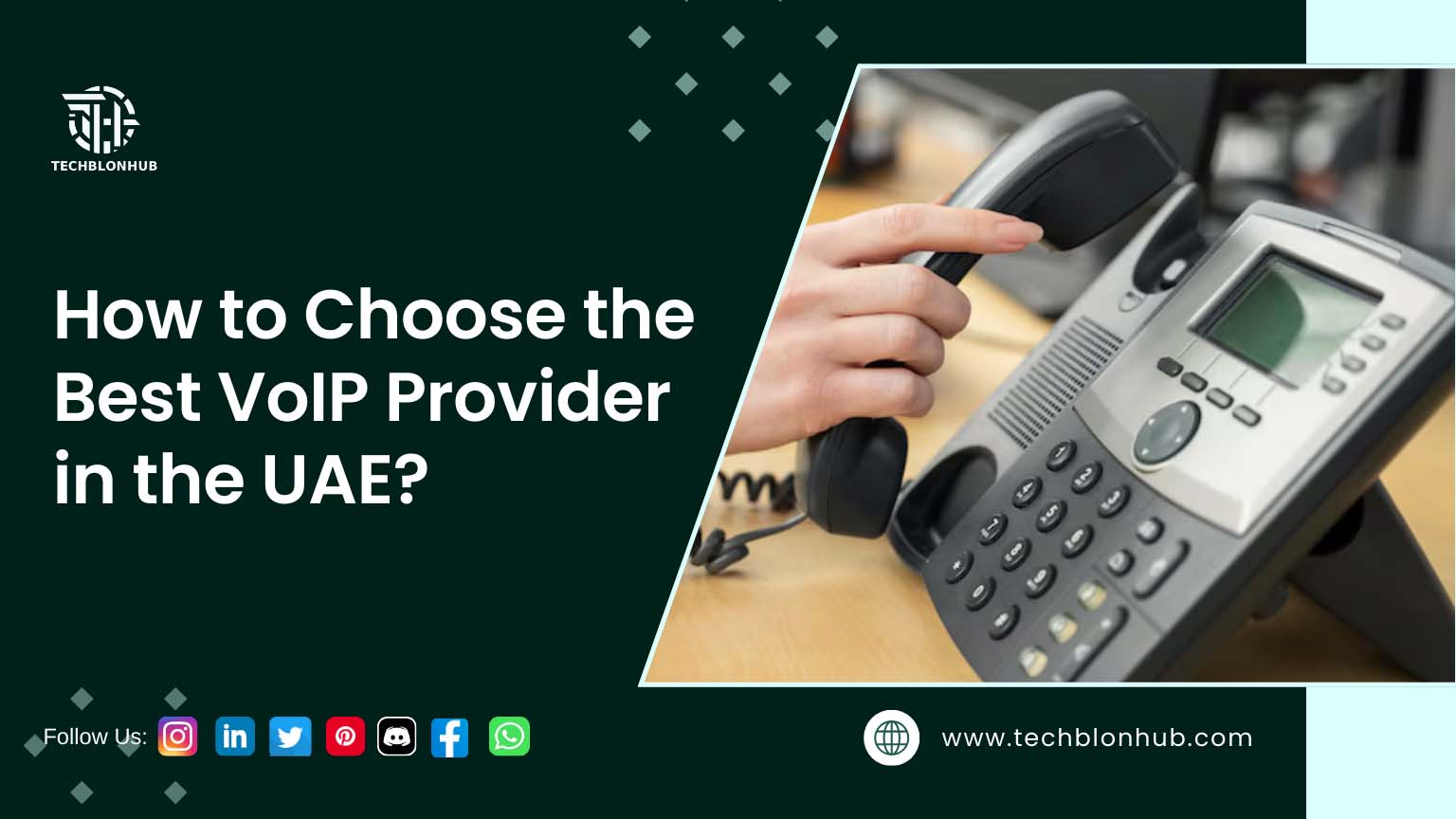For instance, key cards or mobile credentials may unlock only outer perimeter doors, while higher-security biometrics are needed for restricted rooms. Thus, these systems help organizations monitor and control access, ensuring that only authorized individuals can enter sensitive locations.
Assessing Your Security Needs
The first critical step in deploying a cost-effective access control system, including cloud-based security solutions, is to evaluate your security requirements. Start by auditing all entry and exit points, along with interior spaces housing sensitive information, mission-critical systems, valuables, or hazardous materials. Document any locations with valuable assets or vulnerable infrastructure needing access restrictions. Additionally, note areas where confidential data is stored, as this will help you control permission levels. Identify which spaces should be accessible only to executive, finance, or IT staff versus general employees or guests. Utilizing cloud-based solutions can streamline this evaluation process by providing real-time access management and reporting features.
By thoroughly assessing your needs and vulnerabilities, you can target access controls effectively, balancing security, convenience, and affordability.
Choosing the Right Technology
Opting for Cloud-Based Solutions
The rise of cloud-based access control offers organizations a flexible path to enhanced security without substantial upfront infrastructure investments. Cloud systems replace on-premise servers, managing credentialing and authentication through internet-hosted providers. This shift allows small to mid-sized organizations to access enterprise-grade capabilities without the hassle of managing hardware and software.
Furthermore, cloud services reduce IT overhead and offer predictable subscription costs, making budgeting simpler. Their scalable nature allows organizations to adapt easily to growth or additional locations by purchasing added capacity.
Exploring Open-Source Solutions
In addition to cloud options, open-source access control systems present a compelling avenue for reducing costs. In this model, developers publish their source code for community benefit, allowing users to customize and improve platforms as needed. This approach avoids expensive licensing fees associated with paid vendors.
Leading open-source platforms offer robust functionality, including multi-factor authentication and integration with video surveillance. While these solutions require more IT resources for implementation and management, they can lead to significant long-term savings.
Utilizing Mobile Access Solutions
Mobile devices play a central role in enhancing both individual productivity and organizational security. Modern mobile access control systems enable administrators to provision employees with smartphones or smartwatches as credentials. These devices communicate with readers via Bluetooth, NFC, and other wireless protocols.
A CCTV camera isn’t just a tool; it’s a promise of security and peace of mind
This technology not only enhances security but also improves convenience, allowing users to tap to enter facilities. Moreover, it reduces risks associated with misplaced key cards and enables advanced features like location-based rules and multi-factor authentication.
Exploring Hybrid Solutions
The most versatile access control architecture combines on-premise and cloud capabilities. Hybrid models integrate locally managed hardware, such as readers, with remotely hosted services for administration and credentials. This setup allows organizations to avoid large capital investments while retaining ownership of core infrastructure.
Moreover, hybrid models facilitate a smooth transition to cloud solutions, enabling organizations to upgrade incrementally as needed. This best-of-breed approach ensures tailored access control that meets unique requirements.
Considering Lease or Subscription Models
For budget-constrained organizations, outright purchasing access control hardware and software can pose a significant barrier. However, modern financing options like subscriptions and managed services help alleviate capital costs. Instead of maintaining the systems themselves, customers pay a recurring fee that covers hardware, maintenance, upgrades, and technical administration.
Flexible subscription lengths allow adjustments based on changing needs. Ultimately, financing access control-as-a-service simplifies deploying security capabilities without requiring significant upfront investments.
Evaluating Total Cost of Ownership
When assessing access control systems, it is essential to take a holistic view of the total cost of ownership (TCO). This approach includes not only initial purchasing costs but also ongoing operating expenses, such as electricity, network connectivity, training, and maintenance.
For example, while mobile access control requires a multilayer infrastructure of Wi-Fi and mobile device management, it offloads costs associated with key card production and manual validation. Evaluating which model optimizes TCO helps build access control capabilities tailored for maximum return on investment.
Bottom Line
Modernizing access control technology presents organizations with opportunities to secure facilities while lowering TCO. Depending on the scale, infrastructure, and resources, various cost-effective options are available, spanning on-premise, mobile, open-source, hybrid, and cloud-hosted solutions.
By prioritizing essential safety requirements and leveraging infrastructure-as-a-service models, organizations can achieve innovative systems that benefit security, staff productivity, and the bottom line over the long term.
 TechBlonHub A new digital technology era.
TechBlonHub A new digital technology era.



